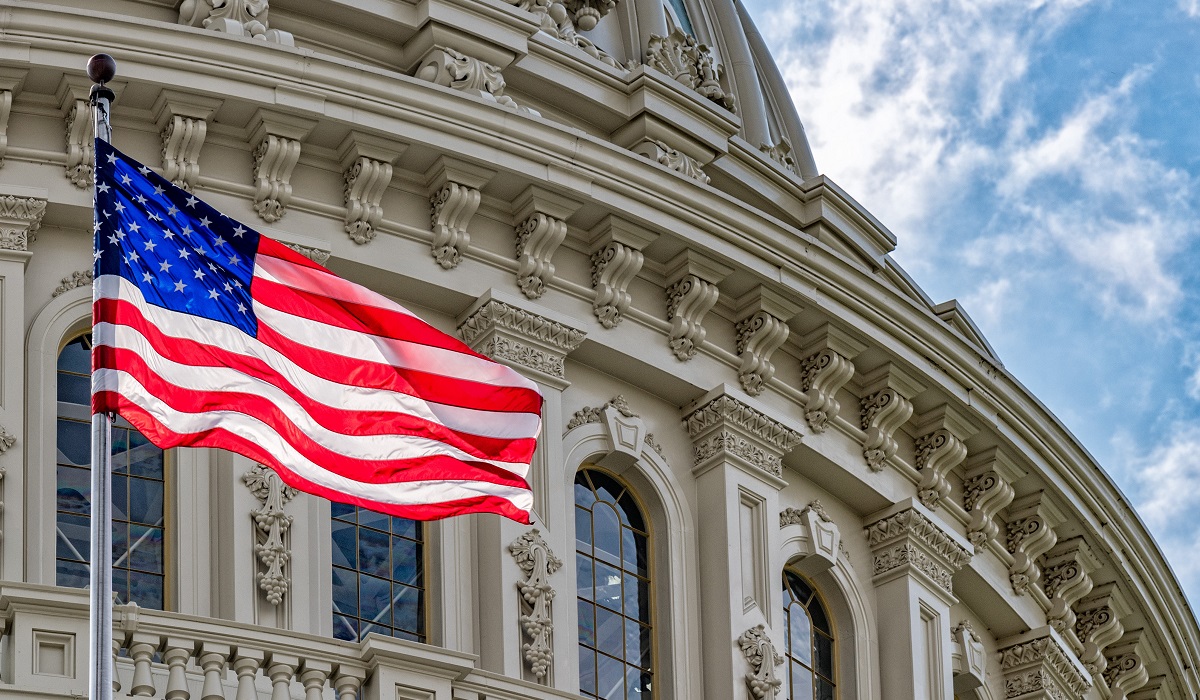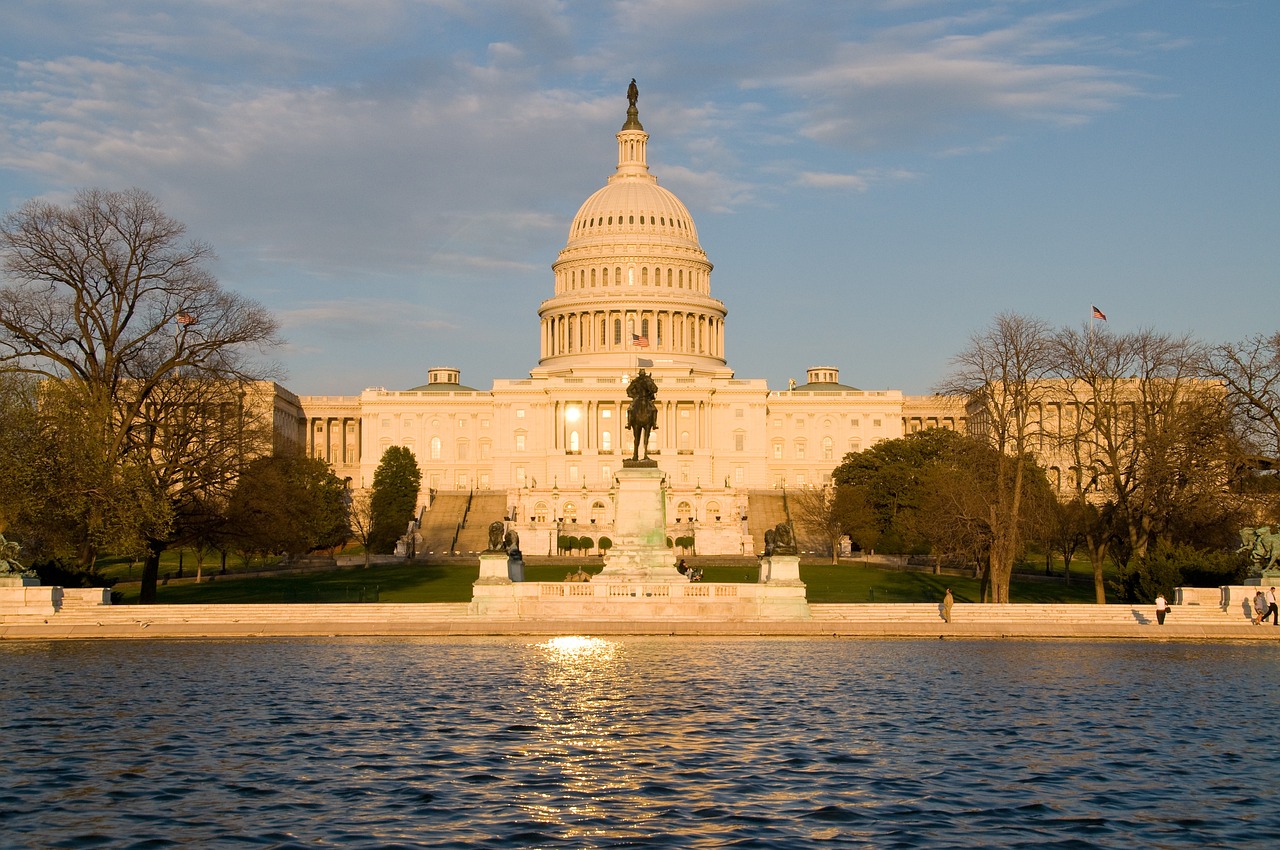As Biden Gets Started, Here’s How the Energy Act of 2020 Paves the Way for Bipartisan Progress
Let's Save Energy
Alliance to Save Energy's Blog

Today, all eyes are on Washington, D.C. as the nation transitions to new federal leadership in the White House. Shortly after being sworn in, President-elect Joe Biden is expected to take actions addressing the multiple crises facing the U.S., including the economic fallout of COVID-19, worsening social and economic inequity, the nation’s crumbling infrastructure systems, and the climate crisis. A while back, we looked at ways the Biden administration can kickstart an energy-efficient agenda, without Congressional action. Here, we would be remiss if we didn’t look back at the year-end breakthrough – enactment of a funding package that included not only the required funds to operate the federal government but also the Energy Act of 2020.
The Energy Act is a bipartisan compromise bill that formally authorized roughly $2 billion for energy efficiency research and programs at the Department of Energy over the next five years. Among the Alliance priorities included in the bill are enhanced weatherization funding, a multi-agency smart buildings pilot program, and new requirements for federal energy management, including the requirement for agencies to implement cost-effective energy and water conservation measures identified in regular energy audits. It also sets new requirements for energy-efficient data centers and information technologies for the federal government, the single-largest energy consumer. Other measures in the bill help public schools access existing funding and technical assistance for energy efficiency projects, provide rebates for energy-efficient motors and transformers for industrial users, and more formally recognize the crucial energy-water nexus.
And it likely would not have happened if not for the bipartisan persistence of Alliance Honorary Advisor Sen. Lisa Murkowski (R-Alaska) and Sen. Joe Manchin (D-W.Va.). Passing an energy bill was considered by many to be a “legacy” item for Murkowski as she approached the final days of her term-limited position chairing the Senate Committee on Energy and Natural Resources (ENR) at the end of the 116th Congress. Although previous efforts with then-Ranking Member Sen. Maria Cantwell (D-Wash.) failed in 2016 and 2018, ENR leadership under Sens. Murkowski and Ranking Member Manchin remained engaged, doggedly processing legislative proposals from dozens of sponsors. These mostly bipartisan bills became the basis of the successful Energy Act.
While the enacted legislation is modest in scope on the efficiency front, its passage could “clear the decks” for more ambitious investments in research, development, and demonstration (RD&D) and commercialization programs like those elevated under the Biden “Build Back Better” agenda, including goals to slash the carbon emissions from the buildings and transportation sectors.
Biden’s plans include increasing the charging infrastructure for efficient electric vehicles, upgrading four million commercial buildings, and weatherizing two million homes. The Weatherization Assistance Program (WAP) authorization passed in the Energy Act began to pave the way for these targets by providing a roughly 10% boost to WAP funding and enhancing the program to help fund safety-related construction necessary for weatherization projects to take place. While that may not be sufficient to support two million weatherization projects over the next four years, it came about through negotiation and compromise – bipartisan characteristics presumed dead in Congress.
The Alliance has engrained bipartisanship into its culture since its founding nearly 44 years ago, and energy efficiency has long had support from both sides of the aisle. Champions of energy efficiency come from all walks of life, as energy efficiency benefits everyone. The Energy Act of 2020 shows it’s still possible to bridge the Washington divide, and with many more opportunities to unlock the economic and environmental benefits of energy efficiency on the table, here’s to hoping it happens again soon.
RECENT BLOG POSTS
STAY EMPOWERED
Help the Alliance advocate for policies to use energy more efficiently – supporting job creation, reduced emissions, and lower costs. Contact your member of Congress.
Energy efficiency is smart, nonpartisan, and practical. So are we. Our strength comes from an unparalleled group of Alliance Associates working collaboratively under the Alliance umbrella to pave the way for energy efficiency gains.
The power of efficiency is in your hands. Supporting the Alliance means supporting a vision for using energy more productively to achieve economic growth, a cleaner environment, and greater energy security, affordability, and reliability.



